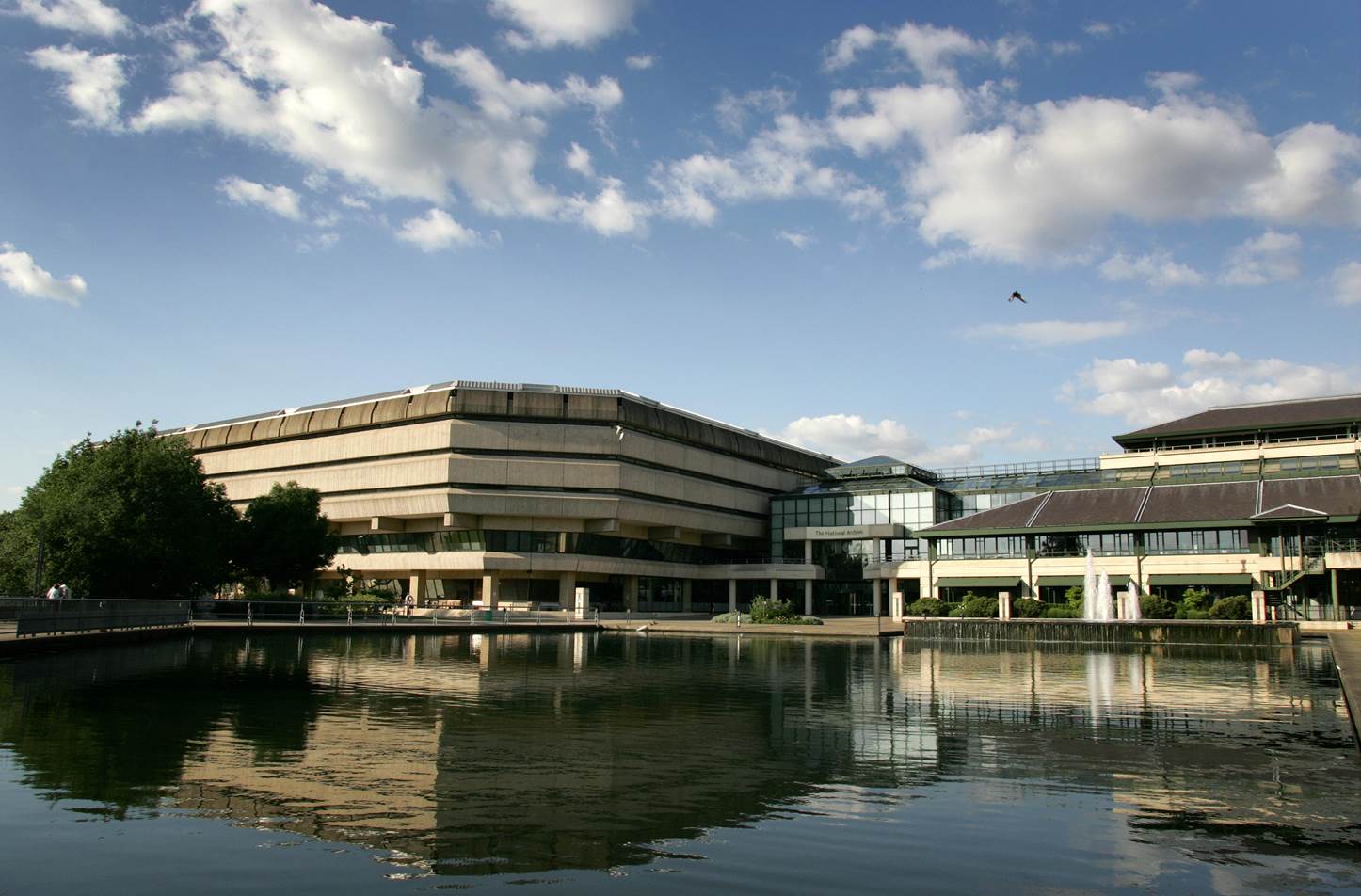Department for Education’s Sanctuary Buildings saw occupancy double after Jacob Rees-Mogg’s letter in mid-April
Credit: Mathew Browne/Pixabay
The number of civil servants working in the headquarters of most government departments increased sharply after Jacob Rees-Mogg, then government efficiency minister, asked his colleagues to end working from home in mid-April.
But Cabinet Office data shows those increases varied widely – and many departments then saw declines in occupancy levels over the summer.
In a letter of 13 April, Rees-Mogg wrote to secretaries of state urging them “to issue a clear message to civil servants in your department to ensure a rapid return to the office”. The letter included a league table of departments based on headquarters occupancy rates for the first week in April.
At the end of June, the Cabinet Office started publishing this data, which currently covers 30 weeks from Monday 7 February to Friday 2 September for 16 departments and three further departments with a shorter range of dates. It is based on the daily average number of employees present in headquarters as a percentage of the building’s capacity.
Departments use a range of methods to count staff, including computer log-ins linked to location – this week branded a “Big Brother-style development” by PCS union chief Mark Serwotka – as well as entry card data, desk booking systems and manual counts.
The Cabinet Office warns against comparisons between departments, given their differing operating models and methods. But aside from overall levels, there are significant differences on how occupancy levels have changed over the last few months.
To reduce noise from weekly variations, this analysis divides the 30 weeks into three periods. The first of 11 weeks covers 7 February to 22 April. The second period starts with a week which saw a sharp rise in occupancy in many departments following Rees-Mogg’s letter, covering the 10 weeks from 25 April to 1 July. The third period of nine weeks runs from 4 July to 2 September.
Based on the averages for the first and second periods, the Department for Education recorded the biggest shift back to the office, with its Sanctuary Buildings HQ more than doubling its average occupancy levels from 26% for early February to mid-April to 60% for mid-April to start-July then 55% to the start of September. In late April, then education secretary Nadhim Zahawi told a select committee that he had told his staff to return to pre-Covid working patterns “immediately” and the data suggests that many paid heed.
The Department for Education says that technology already in place made it easier to track where people were working and to help them return to the office.
“Last year we began the rollout of a new VPN system that allowed easier tracking of where people are logging on from to assist us in understanding office occupancy rates but that was actually coincidental rather than directly related,” says a spokesperson. “We’ve been effectively operating a hybrid model since the start of the pandemic. As key workers many of our staff had to attend the office intermittently from the off so our technology was already in good shape.”
HM Revenue and Customs, the Department for Levelling Up and the Ministry of Justice all saw occupancy increases of 20 percentage points or more between the first and second periods.
However, some departments saw little or no increase.
These include the Cabinet Office, Ministry of Defence and Department for International Trade, although all three already had relatively high occupancy levels. The Foreign Office and Home Office both increased occupancy by just three percentage points from lower levels.
Although not shown in these averages, many departments recorded sharp drops in occupancy for the week including two rail strikes on 21 and 23 June, with figures generally bouncing back the week after. But the return to the office slowed over the summer, with half of the departments seeing falls in average occupancy levels between the second and third periods.
The Cabinet Office saw occupancy levels fall by nine percentage points.
“As you would expect, workplace attendance has been lower in summer as staff take annual leave and with the impact of recent rail strikes, but this has not prevented civil servants from delivering vital public services,” said a spokesperson, adding: “We have been consistently clear that we want to see office attendance across the civil service consistently back at pre-pandemic levels, and ministers and officials at all levels are keeping the machinery of government working ahead of what we know will be a challenging few months.”
This data shows that while many civil servants have returned to working in headquarters over the last few months, many more continue to work remotely or in regional offices. Advertisements for some senior jobs now offer candidates a range of base offices as well as some remote or home working.
Despite his enthusiasm for working in Whitehall, the shift has been recognised by Rees-Mogg. In one of his last actions before moving to become business secretary, he announced plans to sell government buildings worth £1.5bn, partly due to more remote working.



